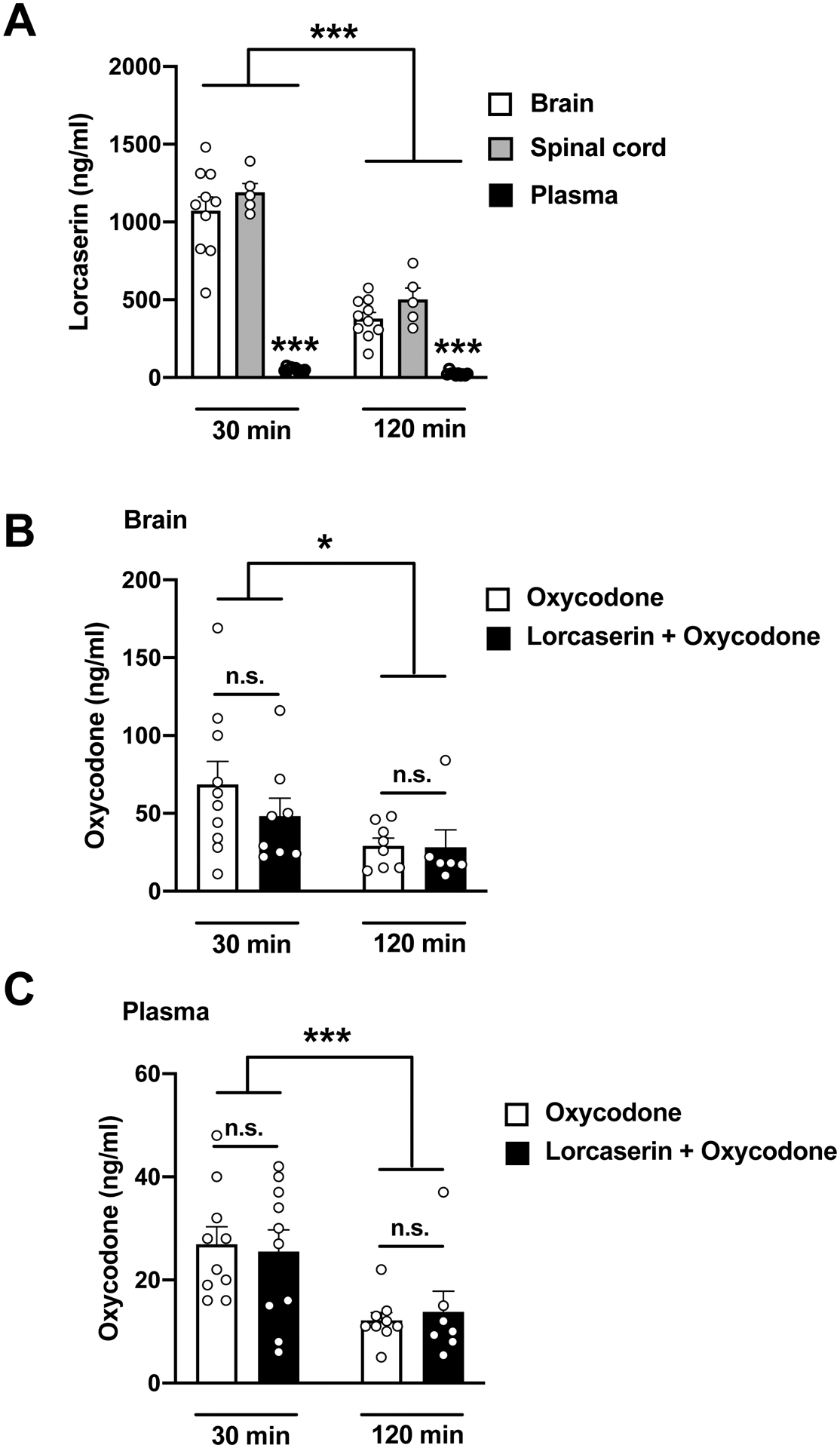Fig. 5. Lorcaserin preferentially accumulates in the CNS relative to plasma upon subcutaneous administration.

(A) Brain, spinal cord, and plasma concentrations of lorcaserin 30 and 120 min after a single administration (s.c., 2 mg/kg) (n = 5–10). Tissue, F[2,44] = 140, p < 0.001; time, F[1,44] = 107, p < 0.001; interaction of tissue and time, F[2,44] = 28.71, p < 0.001. (B) Brain concentrations of oxycodone after a single dose of oxycodone (o.g., 10 mg/kg) alone, or together with lorcaserin (s.c., 2 mg/kg) (n = 6–10). Drug F[1,28] = 0.75, p >0.05 ; time, F[1,28] = 5.91, p < 0.05; interaction of drug and time, F[1,28] = 0.62, p >0.05. (C) Plasma concentrations of oxycodone after a single dose of oxycodone (o.g., 10 mg/kg) alone, or together with lorcaserin (s.c., 2 mg/kg) (n = 7–10). Drug F[1,32] = 0.002, p >0.05 ; time, F[1,232] = 14.30, p < 0.001; interaction of drug and time, F[1,32] = 0.19, p > 0.05. Data were evaluated with a two-way ANOVA followed by Dunnett’s multiple comparison test. *p<0.05, ***p<0.001. n.s., not significant. Data are mean ± S.E.M
